eConch, a free online training program, helps Caribbean communities learn to conserve and culture the endangered queen conch
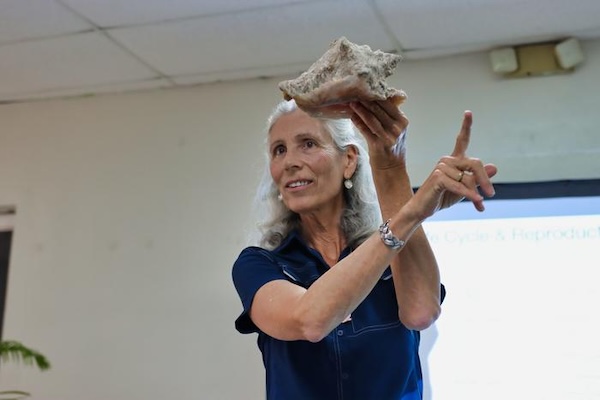
The queen conch (Aliger gigas) is a prized delicacy long harvested for food and revered for its beautiful shell. It’s one of the most important molluscan fishery in the Caribbean region, second only to the spiny lobster fishery. However, intensive fishing and habitat degradation from urbanization and climate change have caused conch populations to significantly dwindle.
To boost queen conch stocks, Dr. Megan Davis, a research professor at Florida Atlantic University’s Harbor Branch Oceanographic Institute, and Becky Holt, an assistant director for their aquaculture and conservation program at FAU Harbor Branch, have launched “eConch” – a free online training program to grow queen conch.
“We have received numerous requests throughout Florida and the Caribbean from community members, researchers, aquaculturists, conservationists, educators and students to learn how to conserve and culture queen conch,” said Davis.
The program is reportedly easy to follow, allows users to move at their own pace, includes high-quality video and provides access to expert advice. The training also includes a comprehensive manual, which provides step-by-step complete illustrations and photos of how to culture queen conch.
The experiential online learning program includes seven descriptive how-to modules. Module topics include collection and hatching of egg masses; larval rearing in the hatchery; microalgae culture to feed the larvae; metamorphosis; nursery culture of the juveniles; ranching for food; and restoration of the species.
“In addition to their socioeconomic importance, the queen conch plays a critical ecological role in seagrass beds,” said Davis. “Aquaculture, along with conservation of breeding populations and fishery management, are ways we can help ensure the longevity of this important species.”
Now that you've reached the end of the article ...
… please consider supporting GSA’s mission to advance responsible seafood practices through education, advocacy and third-party assurances. The Advocate aims to document the evolution of responsible seafood practices and share the expansive knowledge of our vast network of contributors.
By becoming a Global Seafood Alliance member, you’re ensuring that all of the pre-competitive work we do through member benefits, resources and events can continue. Individual membership costs just $50 a year.
Not a GSA member? Join us.
Author
Tagged With
Related Posts
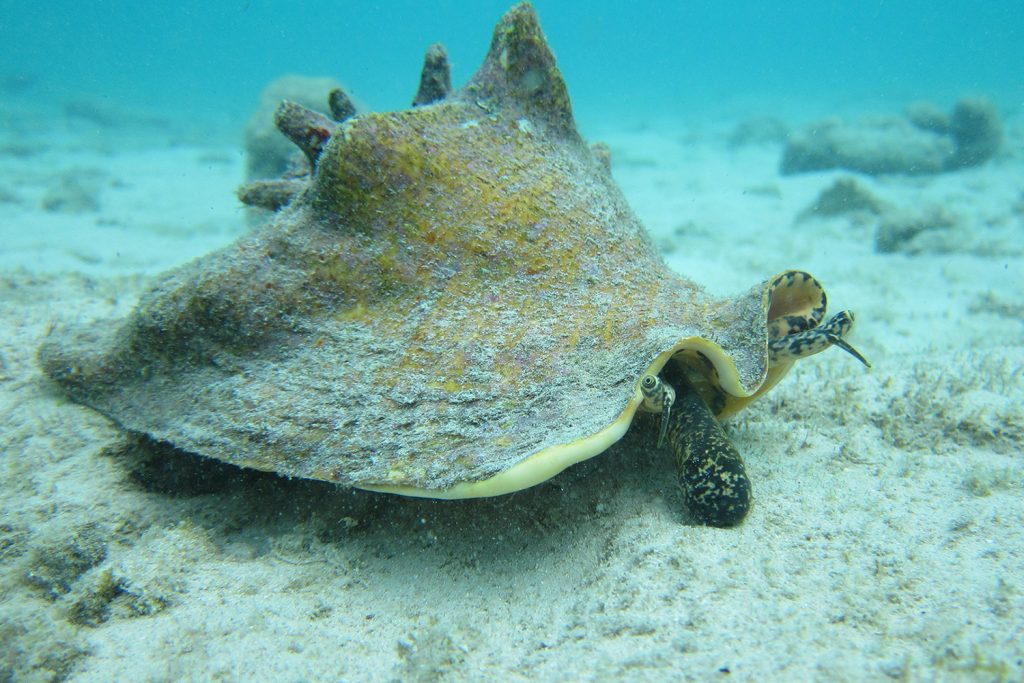
Responsibility
Aquaculture aids the restoration of iconic Caribbean shellfish queen conch
Dr. Megan Davis has written the book on culturing queen conch and will form a course to teach responsible practices to Caribbean communities.
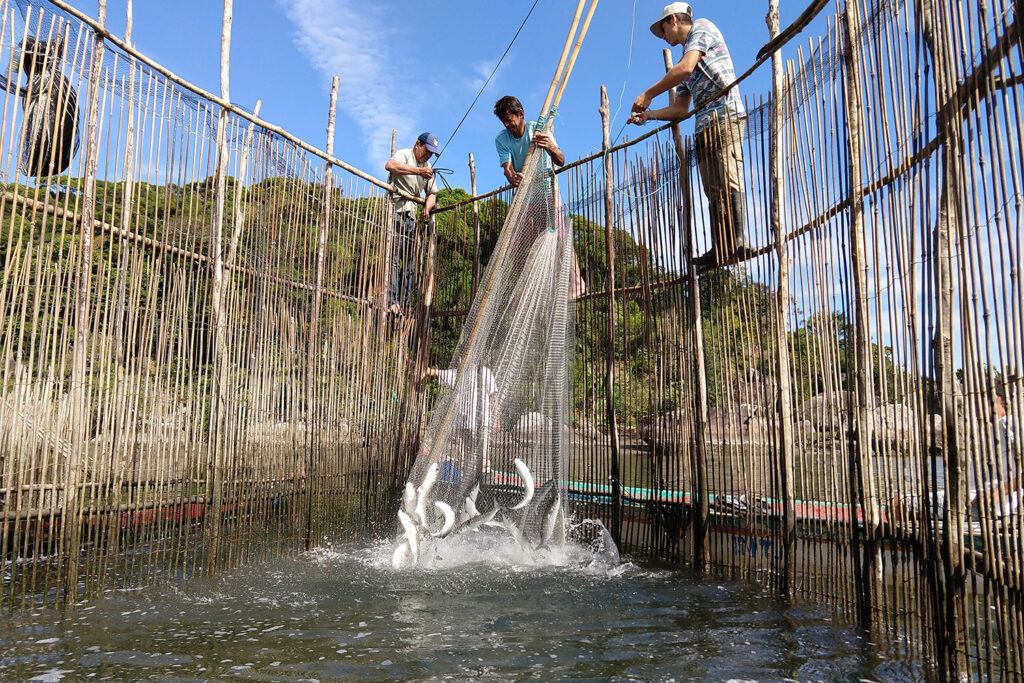
Intelligence
FAO: Aquaculture officially overtakes fisheries in global seafood production
Biennial FAO report, The State of World Fisheries and Aquaculture 2024, says aquaculture production exceeded fisheries for the first time in 2022.
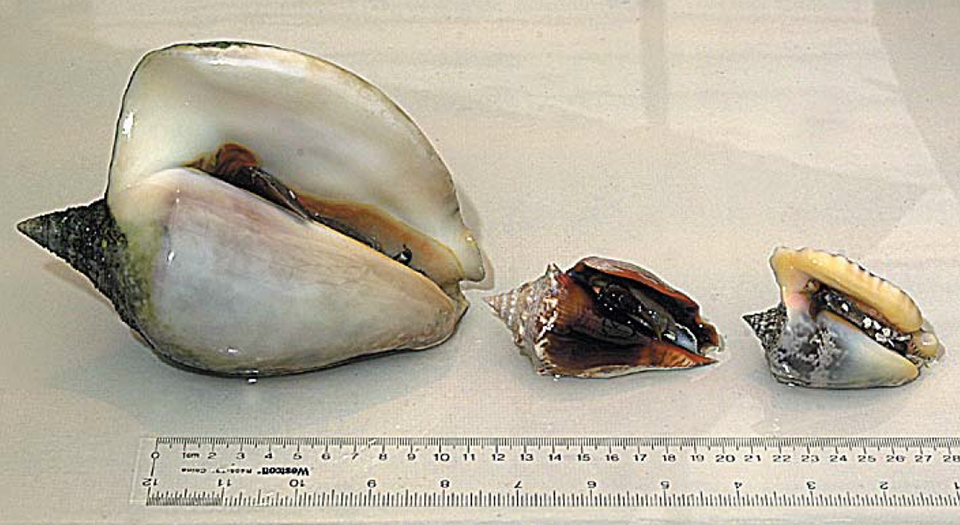
Responsibility
Culture of conch for stock enhancement and grow-out markets
The queen conch (Strombus gigas) is a large marine gastropod that has supported subsistence and commercial fisheries in these areas for centuries.
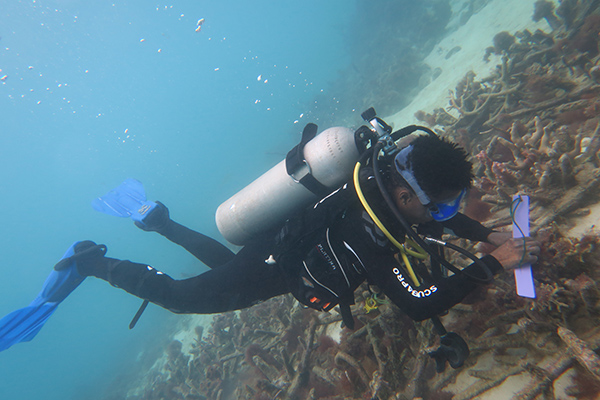
Responsibility
BioMar backs initiative to advance women in aquaculture and develop blue foods in the Caribbean
BioMar is supporting Women in Caribbean Aquaculture and the Caribbean Aquaculture Network (CAN) to responsibly expand blue food.



